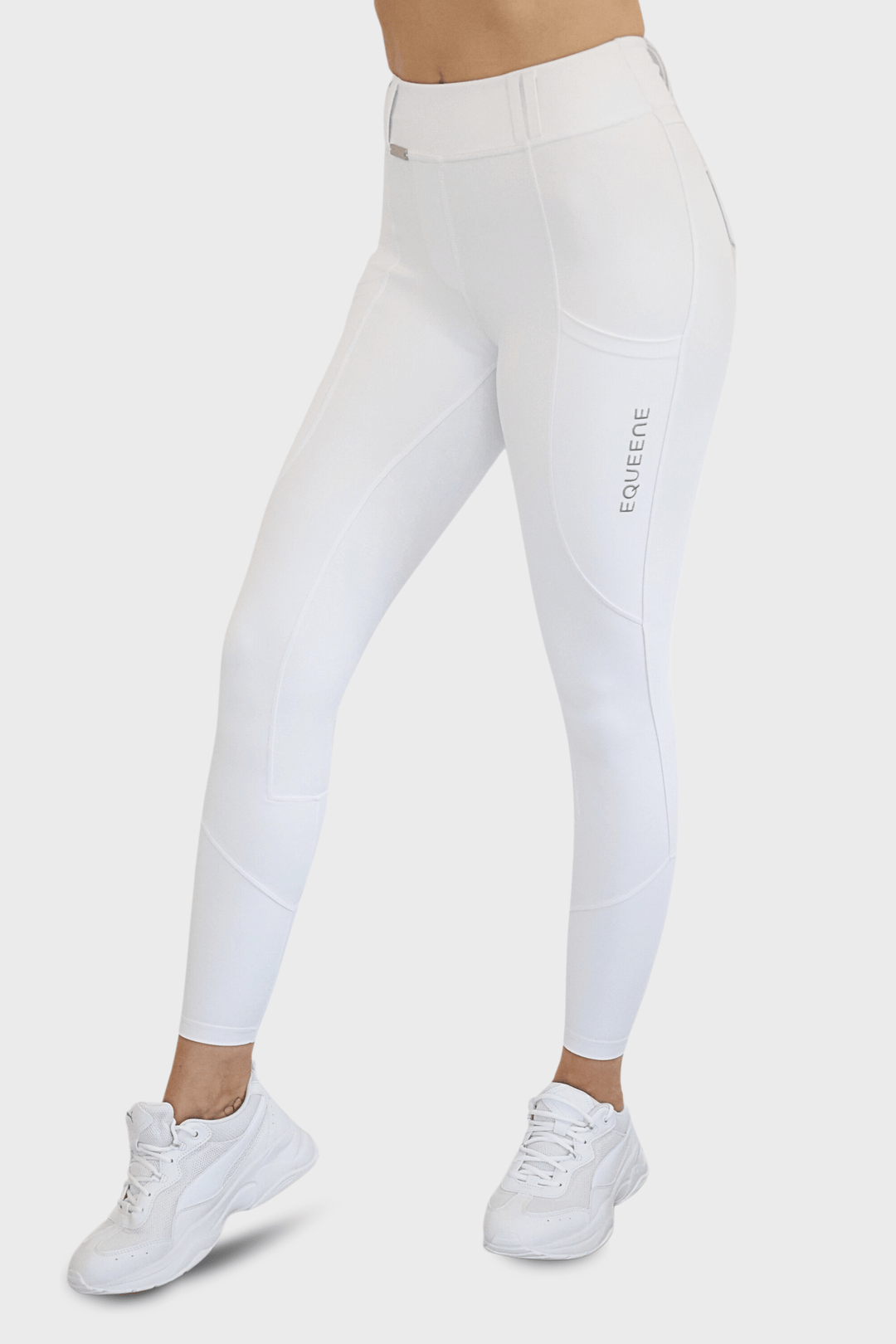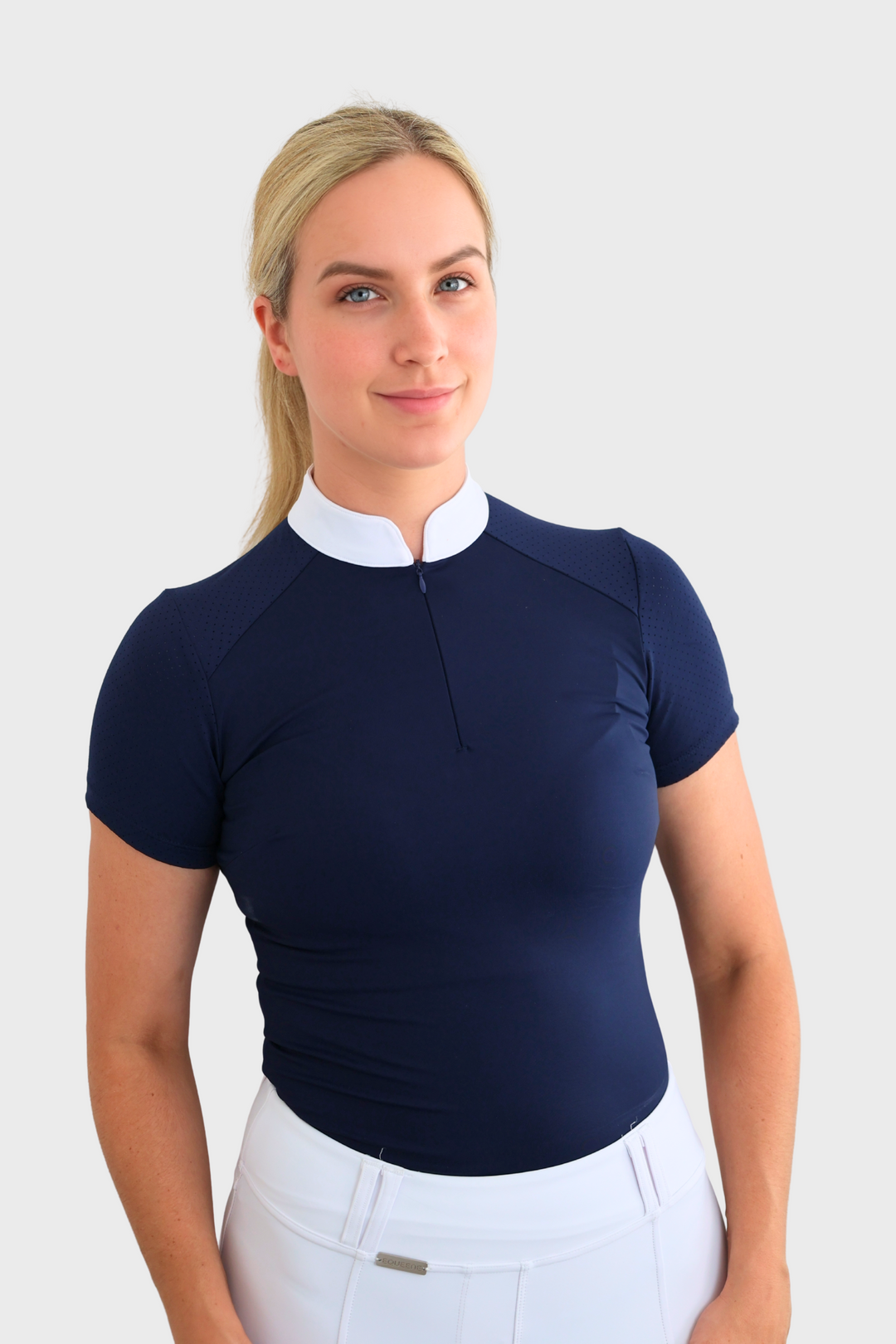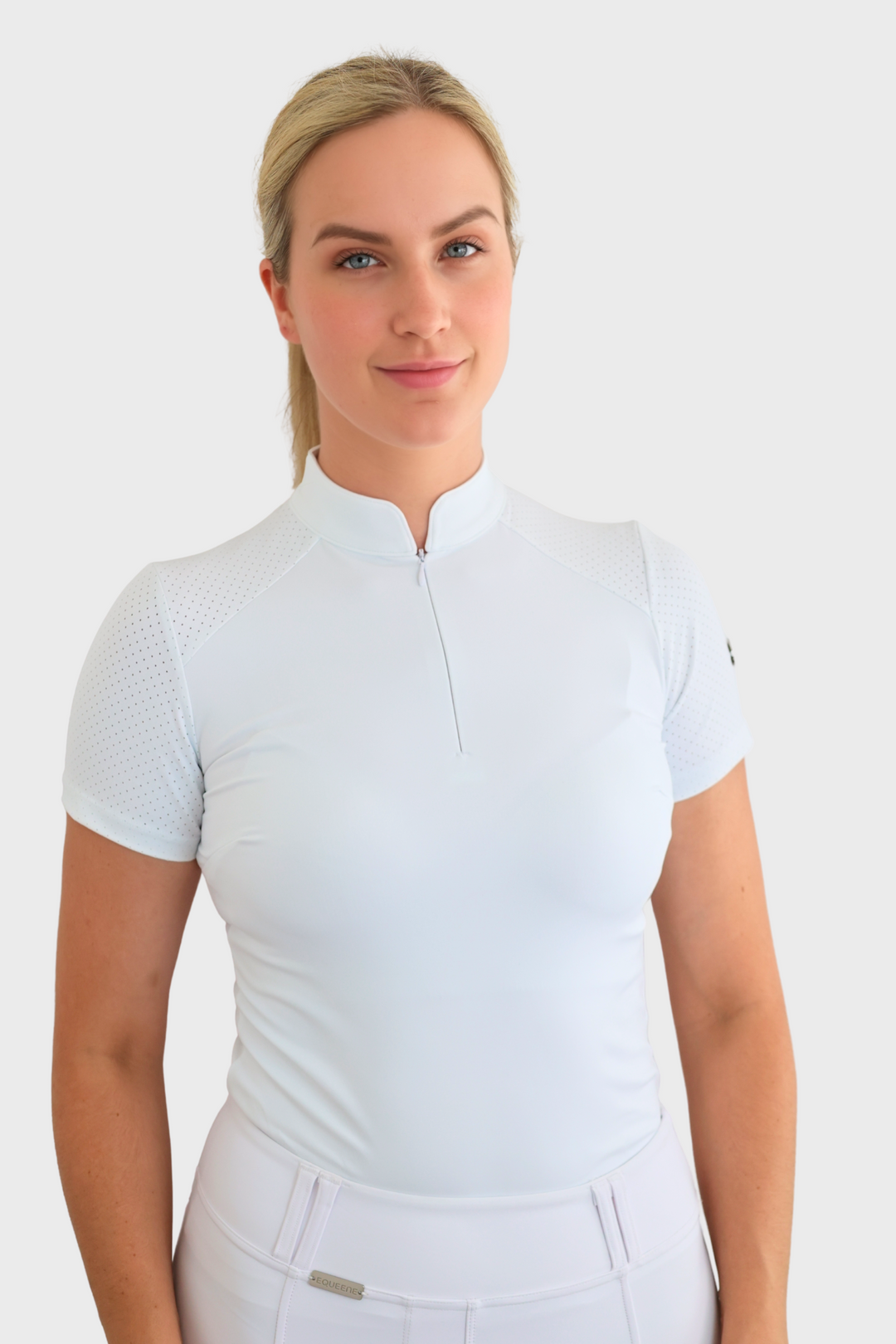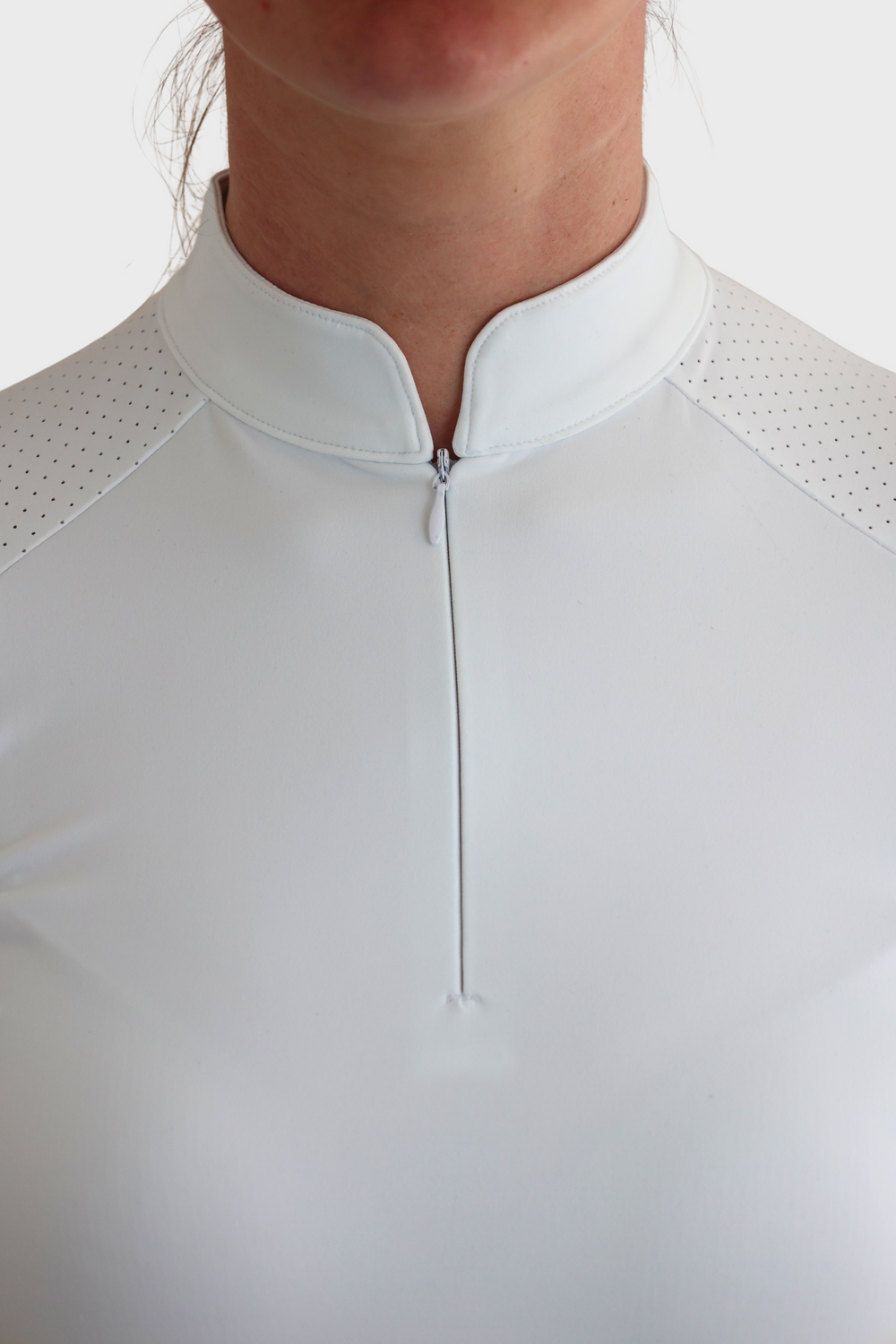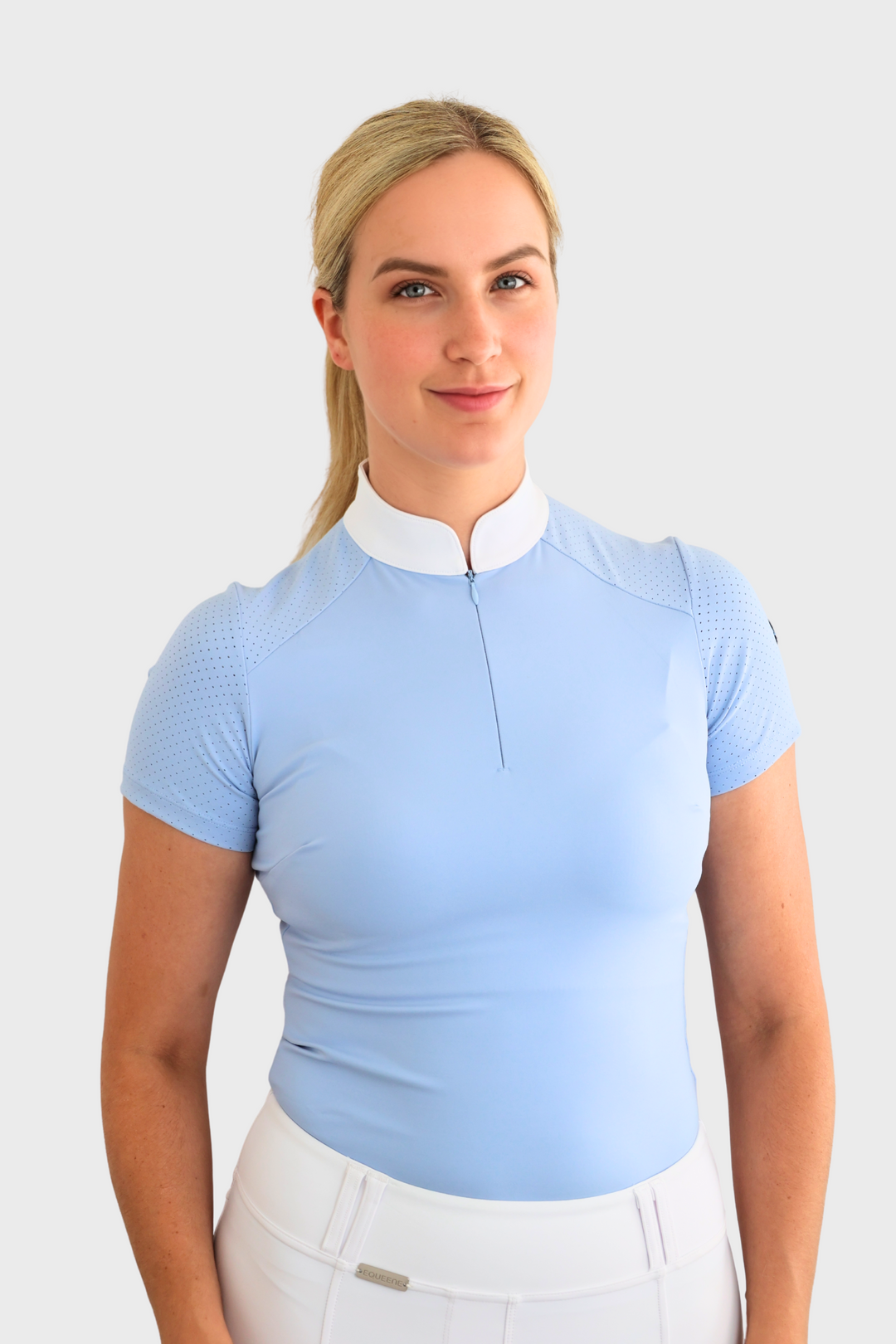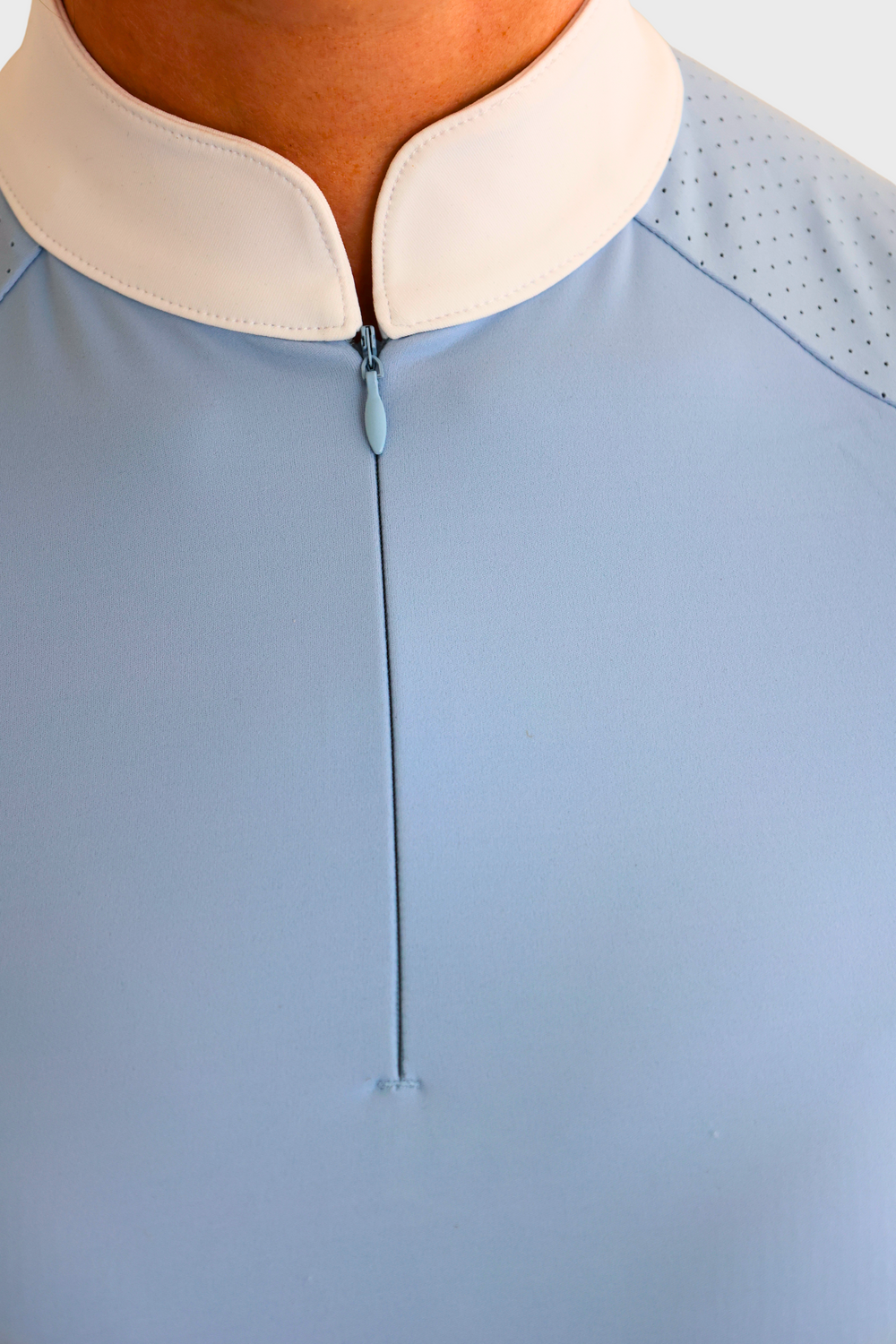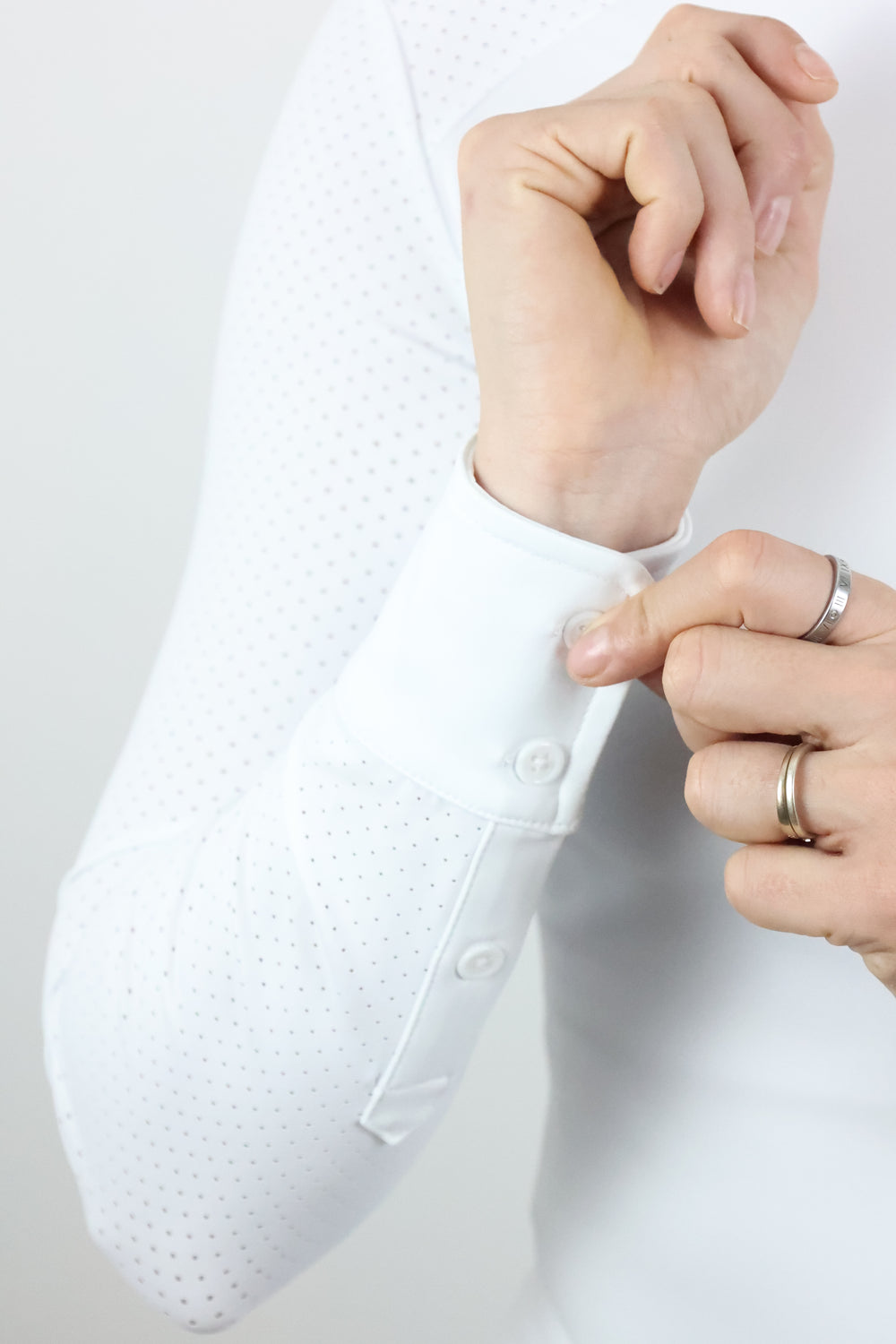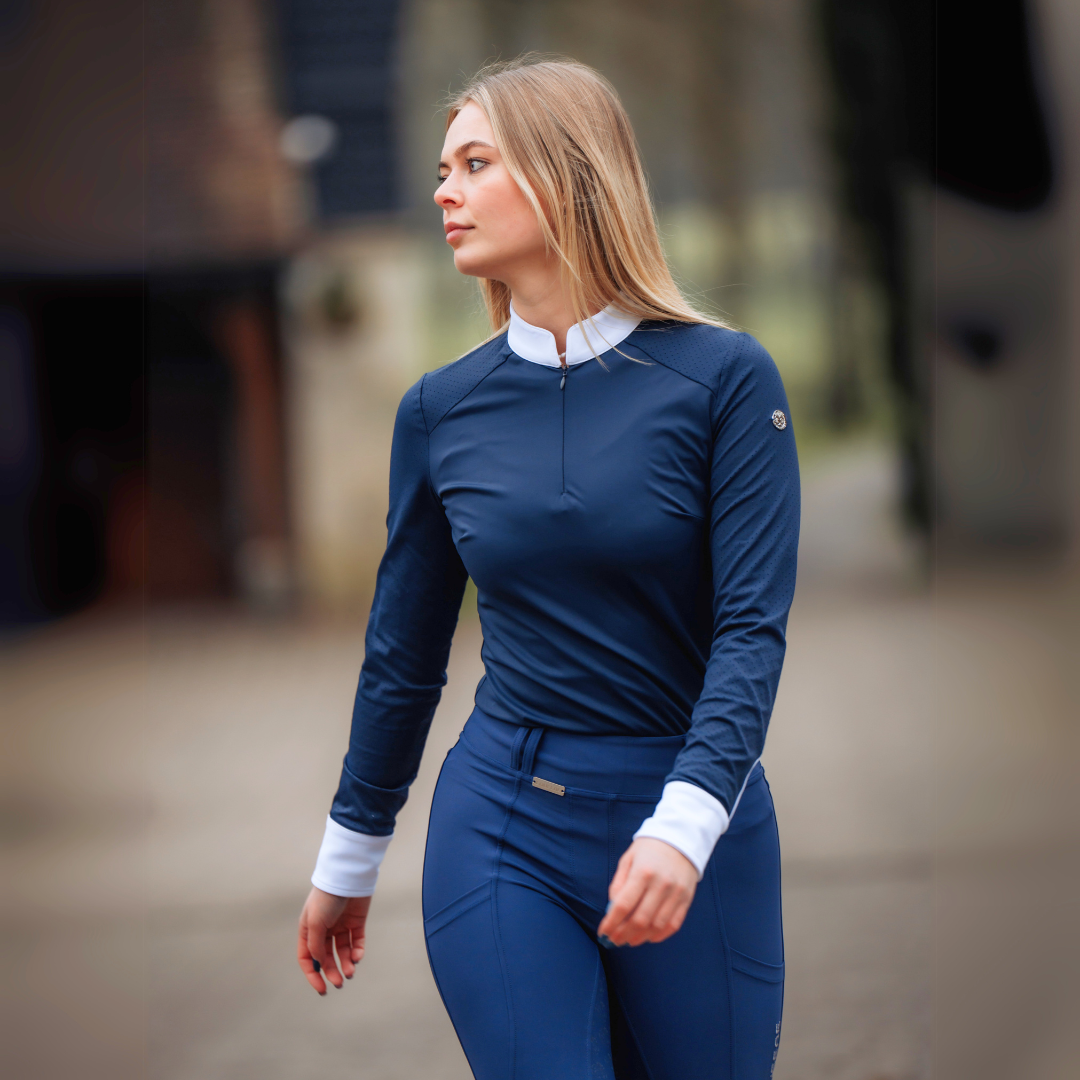If you are lucky enough to ride competitively, you are probably already gearing up for the start of the equestrian show season. In between training sessions and feeding programmes, you might also be brushing up your competition wardrobe and replacing any items that are showing signs of wear and tear.
One piece of riding kit that you probably own, no matter if your discipline is show jumping, dressage, cross country, or even polo, is a pair of white breeches. These undoubtedly look smart and elegant, and are usually a part of the dress code for higher levels of competition. Unfortunately, pristine white clothes and life on the yard are not always a great mix!
No matter how carefully you look after your show gear, white breeches seem to attract dirt and stains, or can just go a bit grey if you accidentally throw them in the wash with some black socks. So why are they still such a universal item for professional riders of all types and nationalities? Here’s a look at how this enduring tradition began.
The invention of jodhpurs
The origin of the first purpose-made riding trousers can be traced back to the rise of polo, the horseback ball game that is rather like a mounted version of hockey. It is thought that the game was played in some form as far back as the 6th century BC in Persia, as a method of training cavalry units.
However, the modern form of the game was popularised in Manipur, India, in the 19th century. It was played by royalty, but public matches were held and anyone who had access to a pony could compete. In the late 1800s, the Regent of Jodhpur decided to create breeches that were specifically designed to allow the rider greater freedom of movement.
This led to the classic jodhpur shape of narrow tapered calves and baggy material around the thighs and hips. The jodhpurs were always white to help reflect the sun’s rays and keep the riders cool in the hot sun.
When the sport was popularised by English aristocrats in the late 19th century, the tradition of white jodhpurs or breeches remained, despite a decidedly less sunny climate. It is thought that this was partly due to the status afforded to horse riding for recreational purposes and white clothing: both were a sign of status, as they required both affluence and leisure time.
White breeches were also adopted as standard dress for the military, possibly for practical purposes: light colours are easier to spot on the battlefield. It is therefore a matter of deferring to tradition, and visibility is also important in the competitive arena: it allows the judges and spectators to better see the communication between horse and rider.
Immaculate white attire also shows that you take pride in your appearance and have high standards for yourself and your horse. They may take more effort to keep in pristine condition, but they will help your turnout to look immaculate and will tick all the right boxes.







